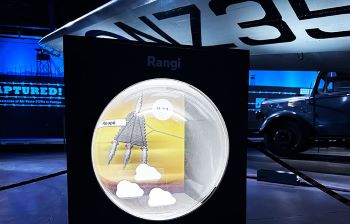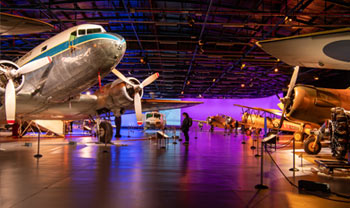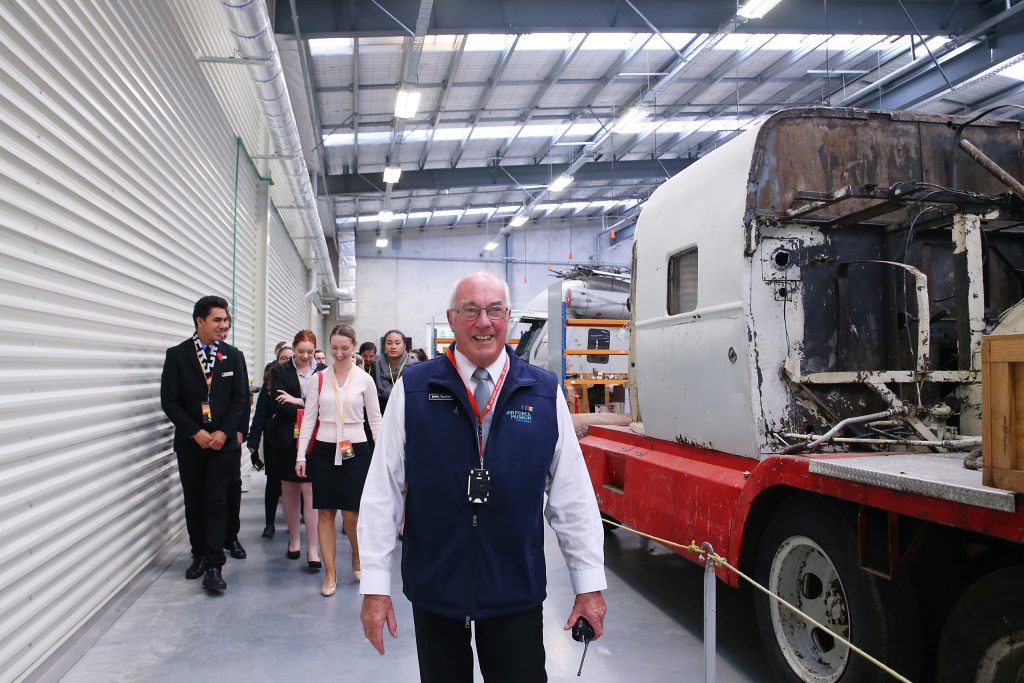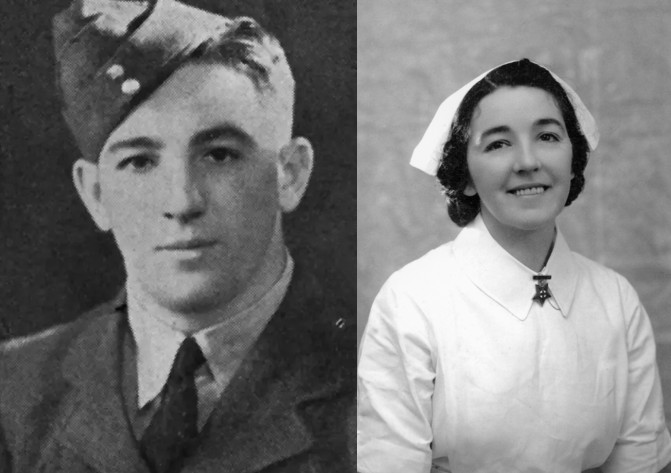It was not uncommon for multiple siblings to serve in the forces during both world wars. Usually, it was brothers, but sometimes brothers and sisters would both enlist. This is the story of Madge and Robert Congreve, who served on opposite sides of the globe in World War Two.
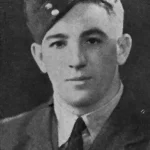
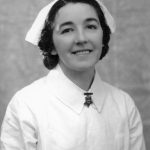
Early days
Madge Doreen Congreve was born in Christchurch in 1911, while her brother, Robert Lance was born four years later. Their parents were Robert and Jesse Congreve. The family later moved to Wellington. After finishing school Madge trained as a nurse, qualifying in December 1939 and worked in the eye ward of Wellington Public Hospital. In 1940, she decided to enlist in the New Zealand Army Nursing Service.
Robert attended Rongotai College and then worked as a telegraphist at the Wellington Post and Telegraph Department. He served with the Territorial Air Force Wellington Squadron pre-war and in February 1940 was mobilised as a wireless operator with the unit, now renamed the New Zealand General Reconnaissance Squadron.
He served on Baffin aircraft, largely flying sea patrols of the coast of New Zealand. He was then posted to England for service with the Royal Air Force (RAF).
To England and the Royal Air Force
Robert arrived in England in September 1940 at the height of the Battle of Britain and was posted to No. 15 Operational Training Unit at RAF Harwell to train as part of a Vickers Wellington bomber crew.
During his training, Robert was a witness to the German bombers passing over the Midlands of England at night, enroute to their industrial targets further north, as the Blitz was in full action. On 19 November he wrote home:
“I haven’t been over Jerry land yet, by the way things are it will be 6 months before I see anything that way. However, talking of Jerry he is very annoying tonight. For the last two hours he’s been passing overhead in numbers, off to some Midland town I fear. Fortunately he can’t see us but it’s annoying just the same. The planes have a distinct throb of their own and it spoils the peacefulness of the night. Some of them are getting cheeky and flying low. I guarantee they don’t all get back to Hunland either.”
Robert also indicated that he had had a trip to the capital, London at the height of the Blitz in the same letter:
“I was in London during an air raid but quite safe. Jerry couldn’t see me. I saw several big shops that had been hit. It’s amazing that more people aren’t killed, judging by the tangled mess of debris that’s left of them. Just imagine, one land mine can flatten out 400 houses. That has happened many times. That’s Jerry’s idea of a military target.”
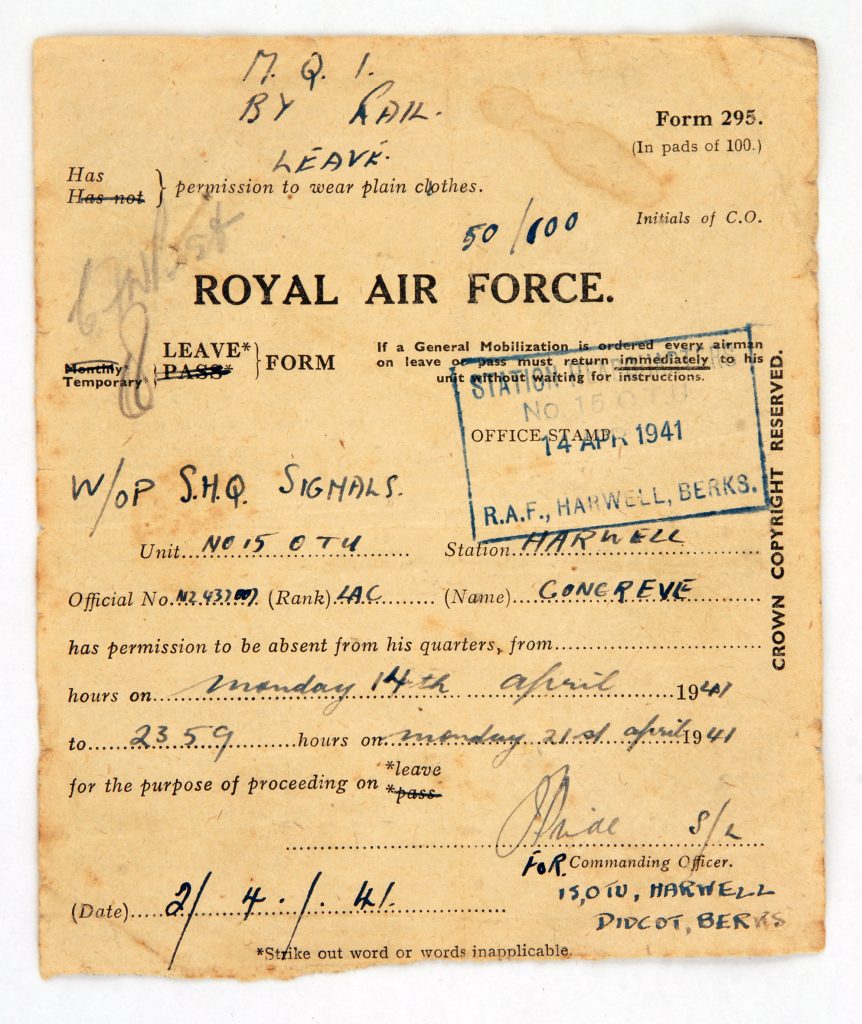
The telegram and a friend’s comfort
On 5 May 1941, Mrs Jesse Congreve received a telegram at her Kilbirnie home in Wellington. It was from the Minister of Defence and stated:
“Deeply regret to inform you that your son Leading Aircraftman Robert Lance Congreve has been killed in an air raid…”
He had been at the King George and Queen Elizabeth Victoria League in London on 16 April 1941 where many servicemen and women stayed on leave. During one of the heaviest raids of the Blitz the building received a direct hit and he and several other New Zealanders were killed.
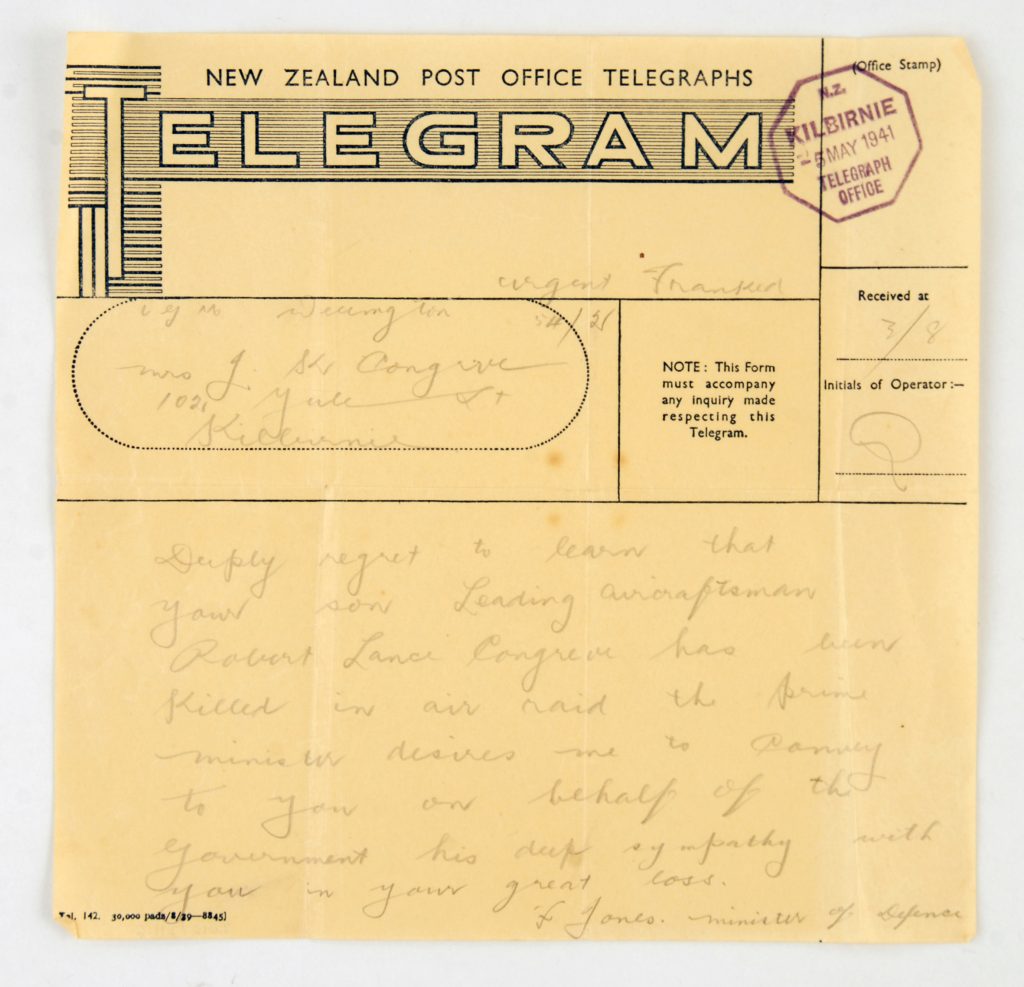
Later that month, she received a letter from Robert’s close friend, rugby teammate and roommate, Corporal Colin Laloli, whom he had known since his Wigram days. He wrote of the events:
“We have been in air raids in London before but just laughed at the bombs working on the thought that if one has your number on it, it will get you. Old Porpy as we used to call Lance never worried about them at all but now he has gone the way of all flesh, we can only console ourselves with the thought that maybe he is happier where he is out of all this holocaust of destruction that this modern world has got itself into.
First of all, let me assure you that everything possible was done for him and the C.O. of this Station was very good in allowing me time off to search for him. In all I had five trips to London in search and Identification and sad to say he was buried 10 days under debris before he was found”.
Colin formally identified the body for the authorities but added in his letter:
“He was evidently killed by the blast and not debris. He lay there looking quite happy & contented, almost smiling in fact”.
Robert was buried in the air force section of Brookwood Cemetery, and a memorial service to all those lost, was held at St Martin in the Fields church in Trafalgar Square.
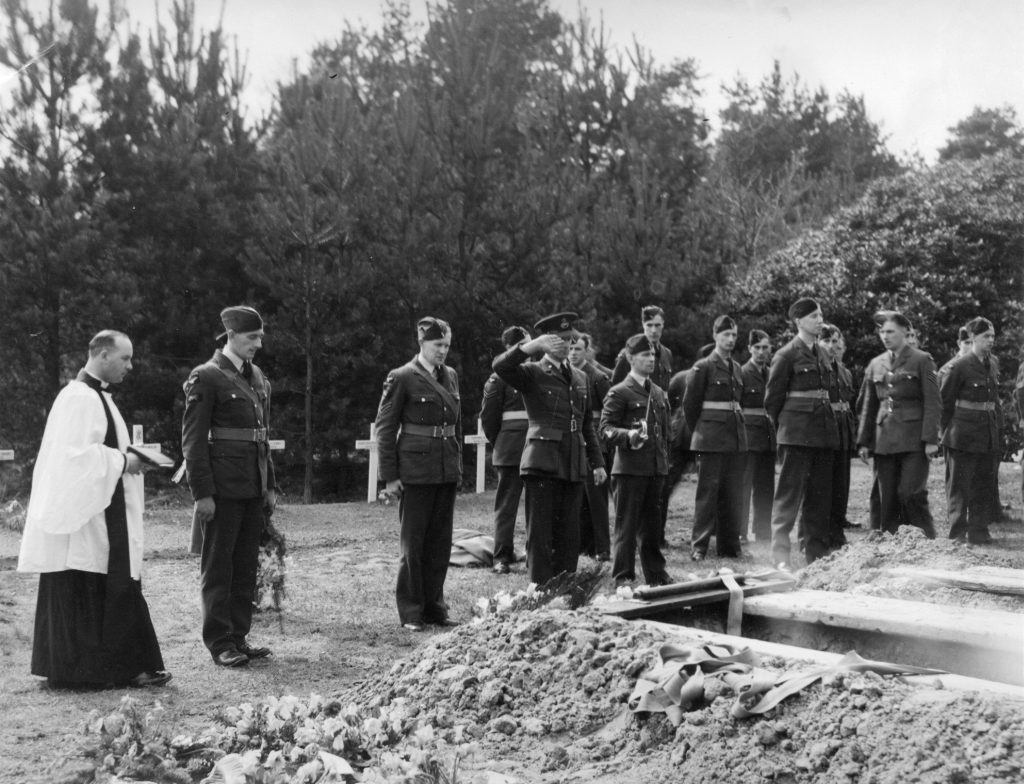
To the Pacific
Meanwhile, Madge had been serving as a nurse with the New Zealand Army since November 1943. During the Second World War, army nurses frequently served in the RNZAF on secondment and Madge was seconded from the army in December 1943.
Initially, she was posted to the large Training Station Delta in Marlborough. In December 1944, Madge found herself enroute to the Pacific, when she was posted to No. 2 RNZAF Hospital at Espiritu Santo. She kept a rich photographic record of the hospital during her time there, including patients and facilities, and pets and VIP visitors. These are now in the museum’s collection. She remained in the Islands until August 1945, when the war in the Pacific ended. She subsequently worked at Rotorua and then transferred back to the army on 26 September 1945. She left the army in November 1945 on compassionate grounds.
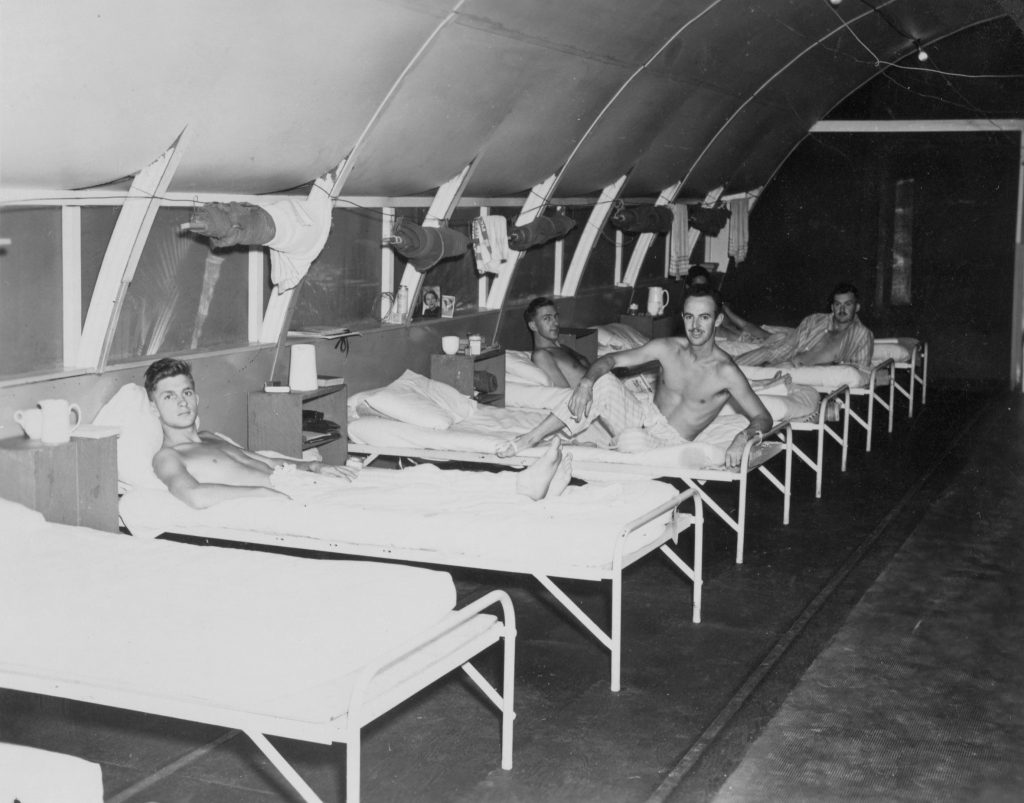
Later life
After the war, Madge had to care for her mother Jesse, who was suffering from Parkinson’s Disease. Living in Otaki, she became the Matron of Otaki Health Camp. In the 1950s he moved to the United States and lived with her sister Joye, who had married a Marine. She returned to New Zealand and married. On the death of her husband in 1973, she was still working as a nurse in Whangarei and later, Whakatane as a night supervisor in the 1980s. She died in Whakatane in 1996, aged 84.
